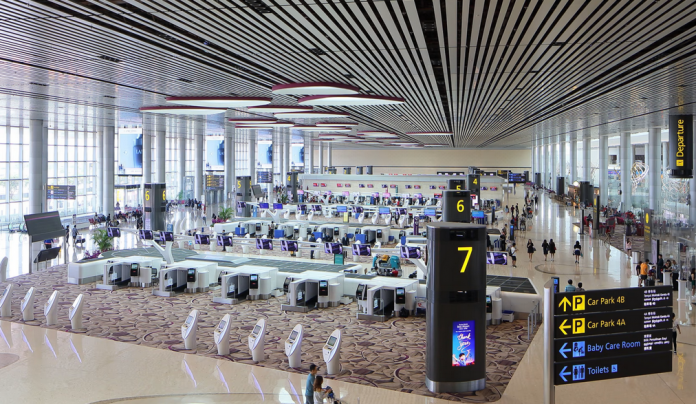KUALA LUMPUR, 1 March 2024: Asia Pacific Airlines enjoyed a solid start to 2024 with positive passenger traffic trends during January, according to preliminary traffic figures released Thursday by the Association of Asia Pacific Airlines (AAPA)
Overall, the region’s airlines carried 27.0 million international passengers in January, a 49.4% increase from the previous period in 2023.
Traffic recovered to reach 82% of 2019 pre-Covid levels. As measured in revenue passenger kilometres (RPK), demand rose by 48.3% year-on-year, reflecting robust regional travel demand. Available seat capacity expanded by 51.3% year-on-year, while the international passenger load factor fell by 1.6 percentage points to an average of 79.9% for the month.
Meanwhile, January saw a continuation of growth in air cargo markets, propelled by demand related to the festive Lunar New Year season. International air cargo demand, as measured in freight tonne kilometres (FTK), recorded a strong 22.5% year-on-year increase for the month, extending the rebound seen in the last quarter of 2023. Nevertheless, growth in offered freight capacity continued to outpace demand, driven by the ongoing recovery in belly-hold capacities of international passenger operations. For the month, offered freight capacity rose 25.8% year-on-year, leading to a 1.6 percentage point decline in the average international freight load factor to 57.5%.
Commenting on the results, AAPA director general Subhas Menon said: “The year started positively for Asia Pacific airlines, as both international air passenger and cargo markets saw robust growth, supported by the Lunar New Year festive period timing. A rise in leisure travellers boosted travel demand, while cargo markets benefitted from heightened demand for air shipments ahead of the festive period.”
Looking ahead, he noted: “The upcoming year looks broadly positive for Asian carriers, given the renewed optimism on the global economic outlook. However, as capacity restoration progresses, airlines face intensifying competition. In addition, the cost environment remains challenging, as inflationary pressures remain amid ongoing supply chain issues. Nevertheless, airlines remain proactive in seeking new growth opportunities while maintaining the highest safety and customer service standards.”






